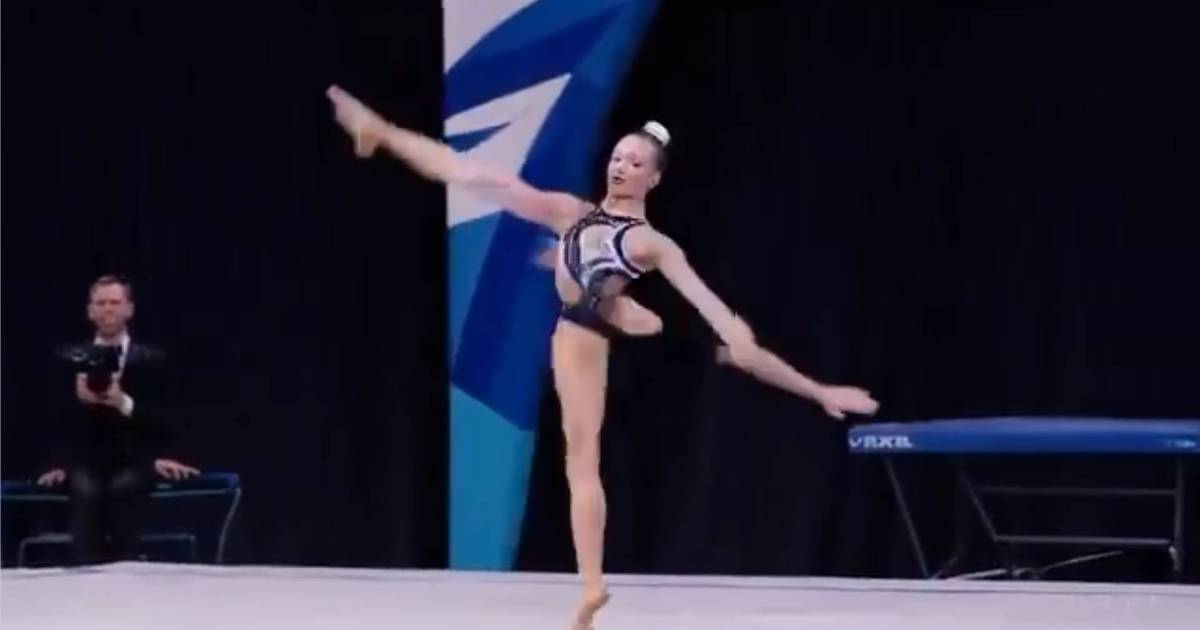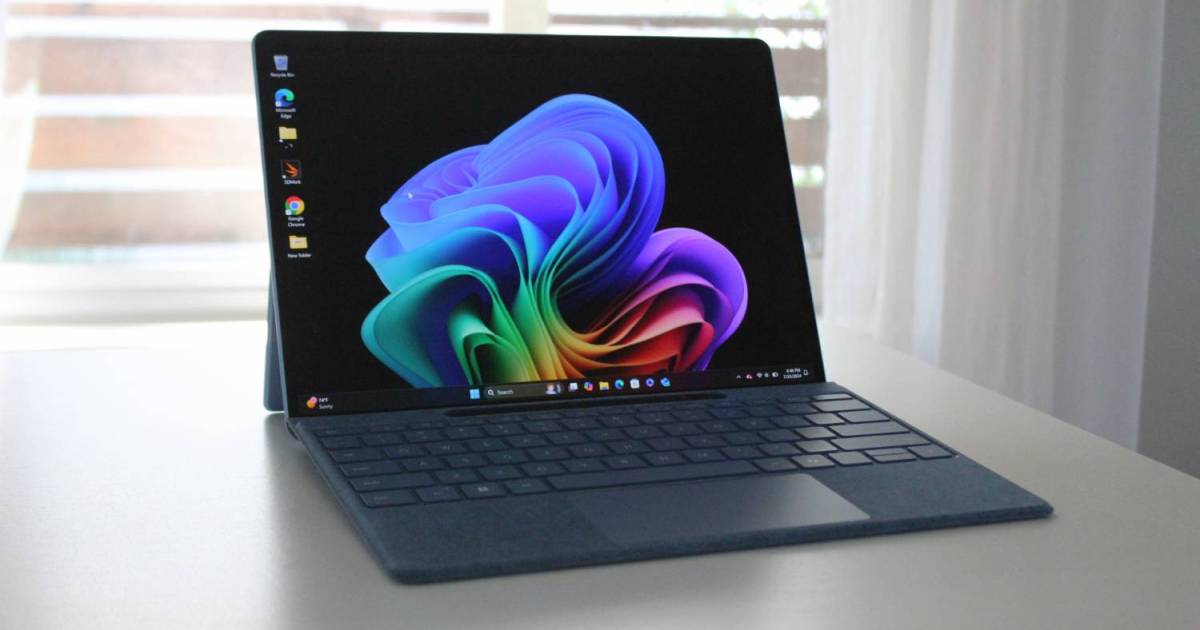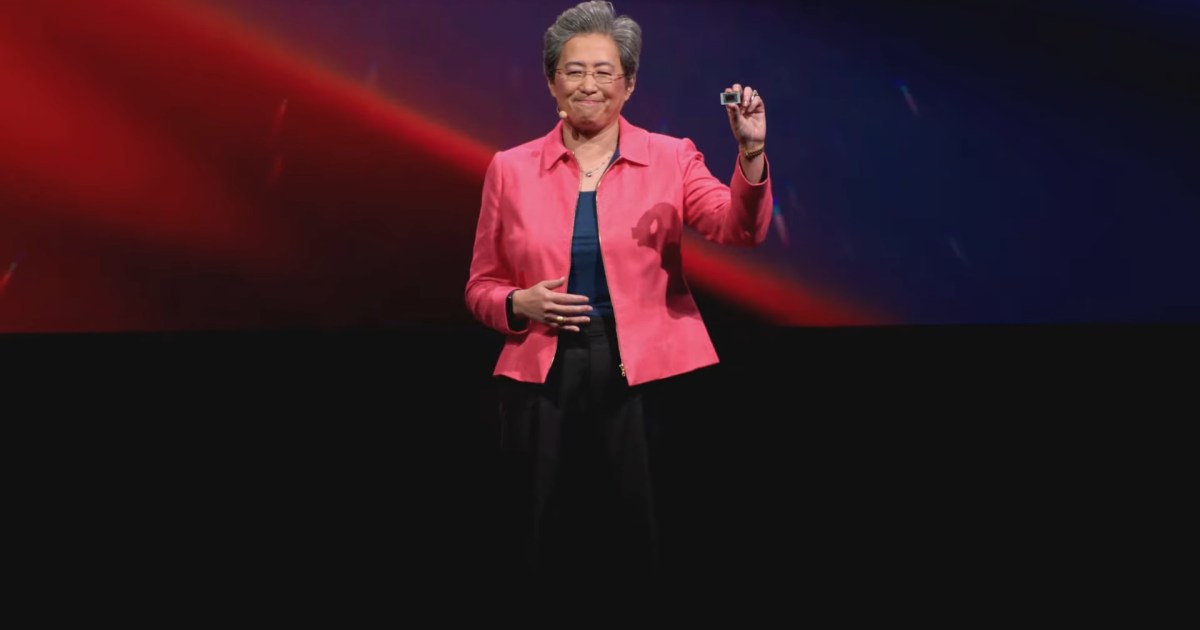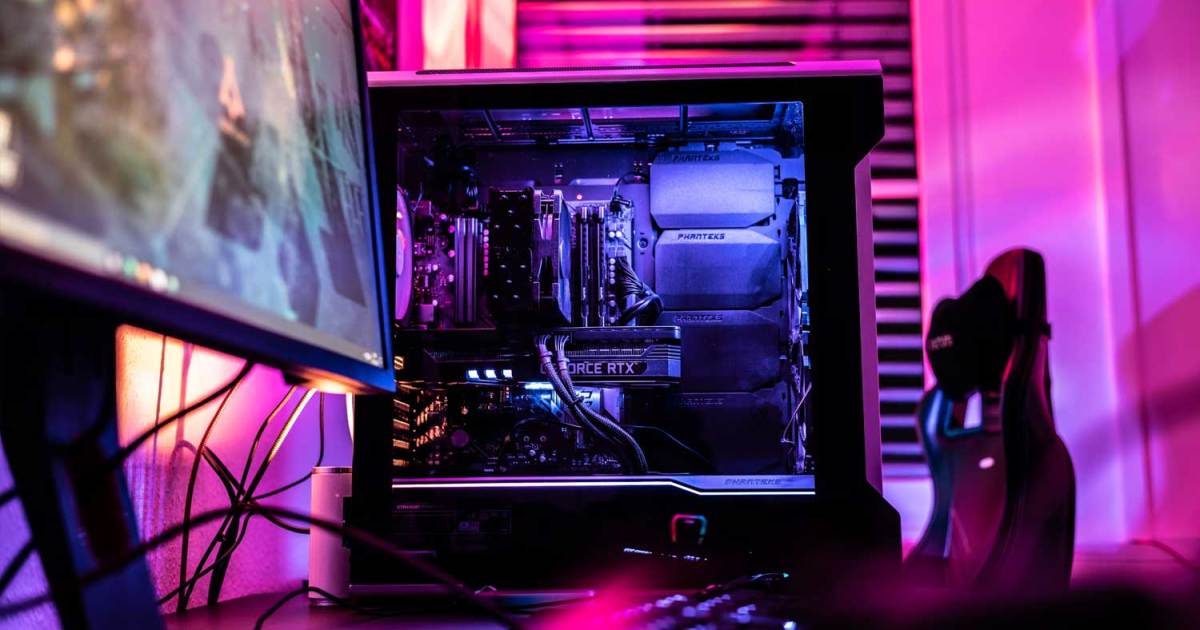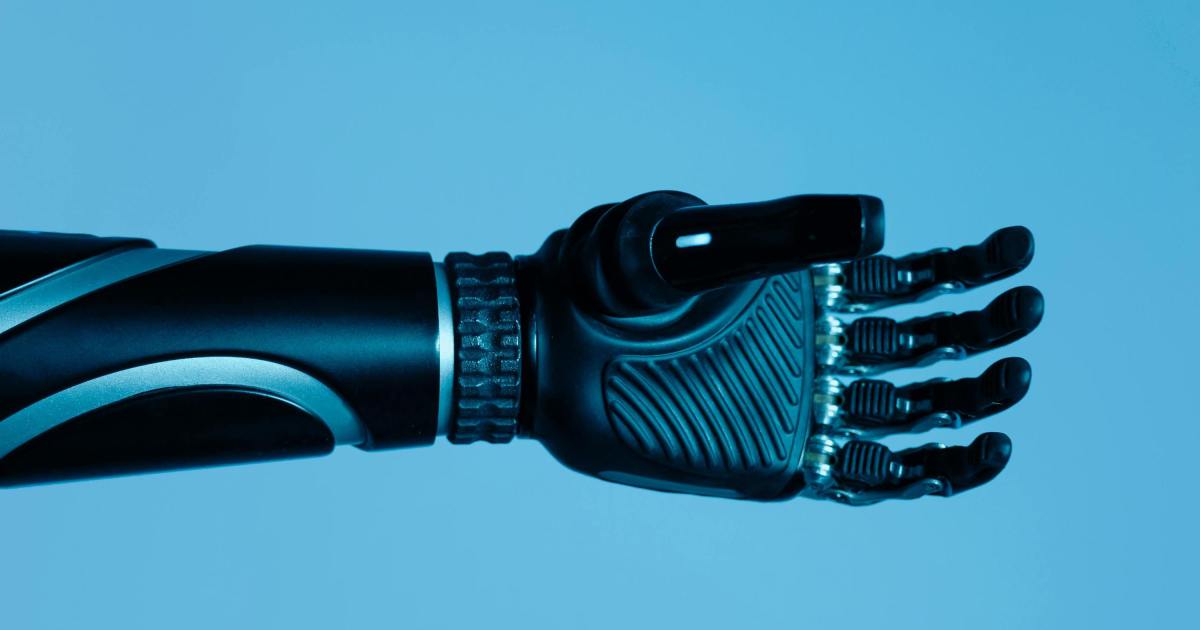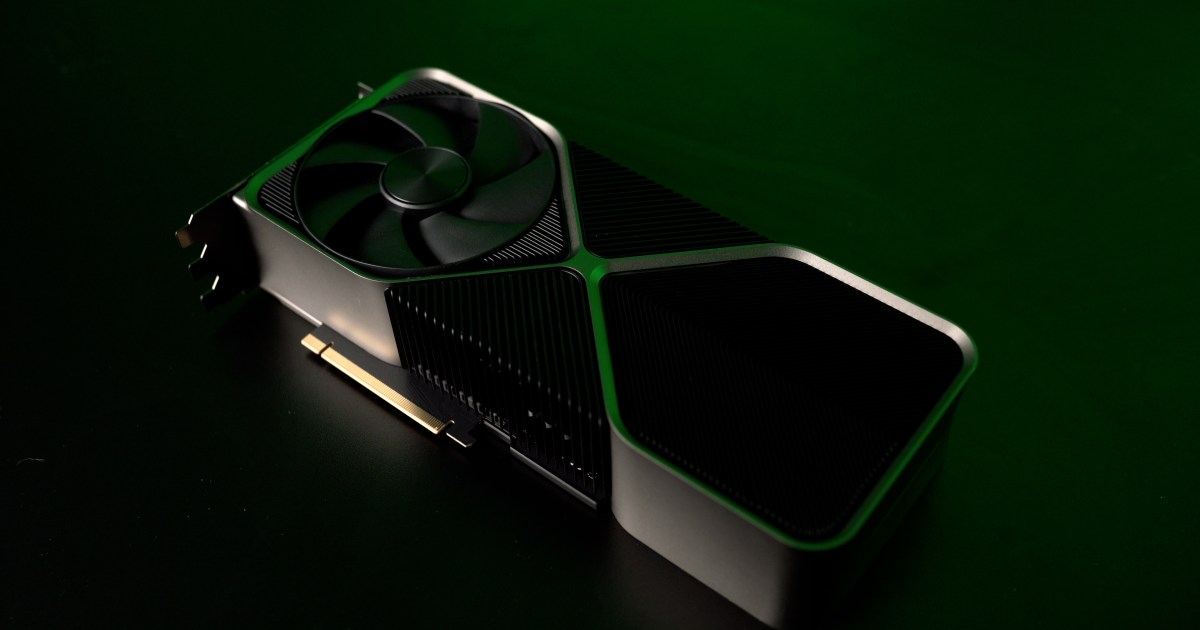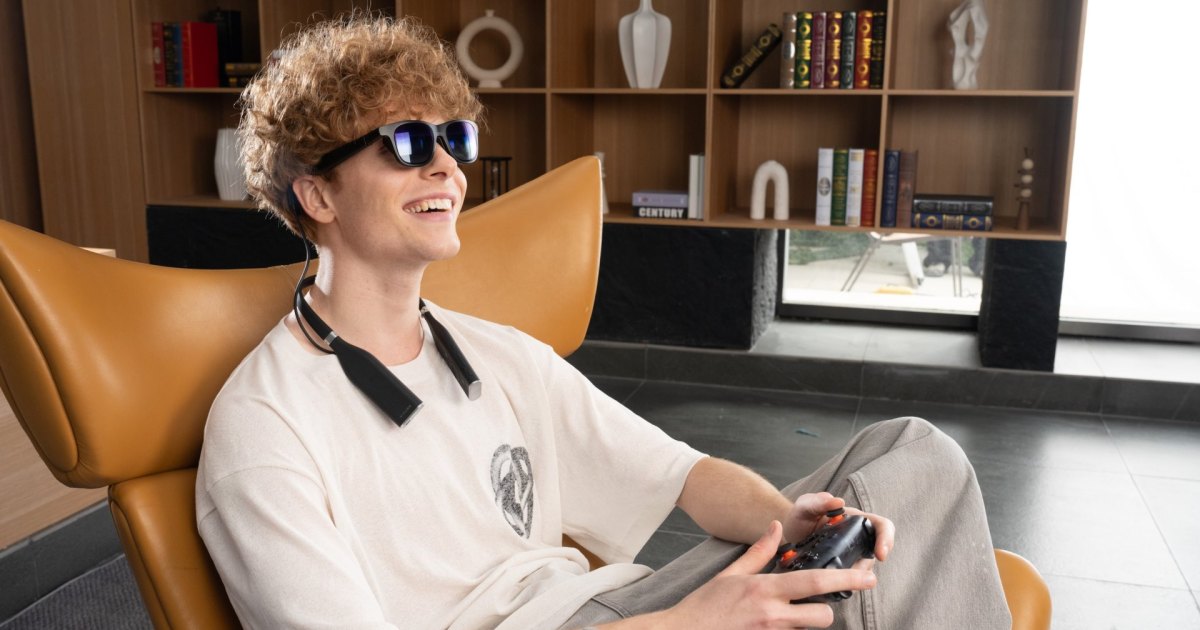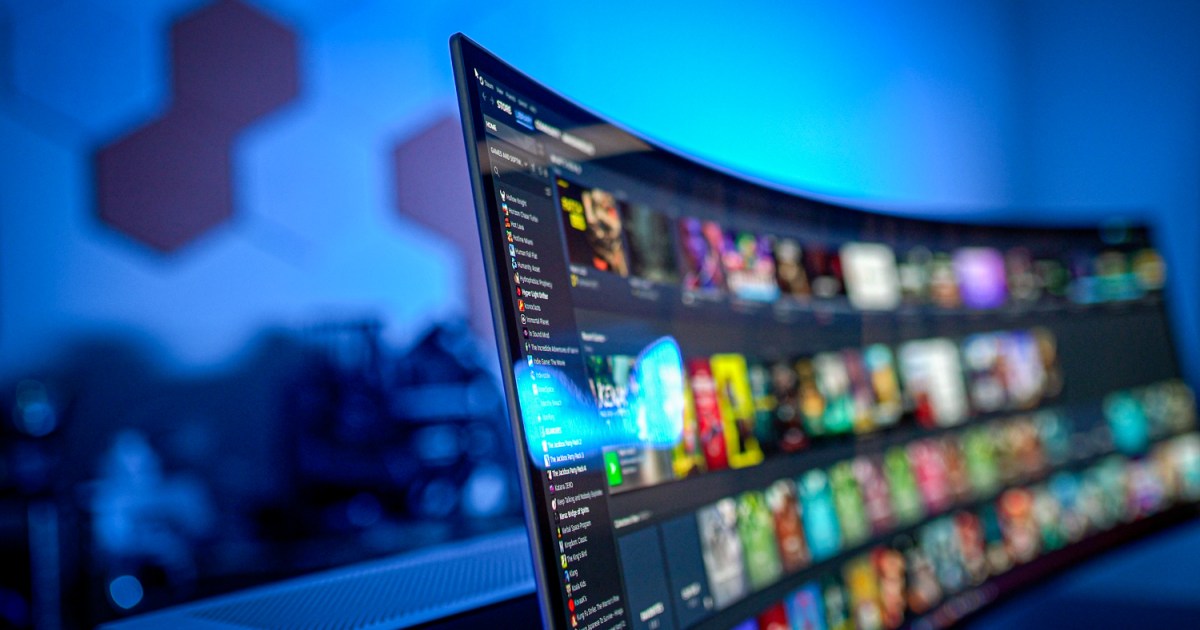OpenAI’s highly anticipated text-to-video model, Sora, finally launched after months of delays. Despite the initial hype, early reactions suggest Sora might not be the revolutionary tool it was promised to be.
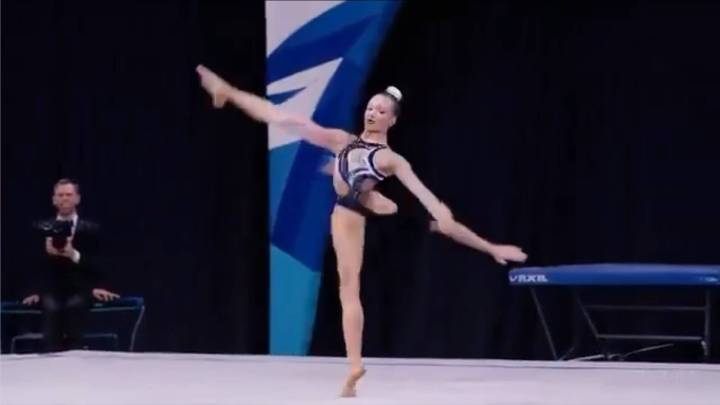 Sora generated video
Sora generated video
OpenAI first teased Sora in February 2024, showcasing impressive hyperrealistic video renderings. The company claimed Sora could create minute-long videos that accurately reflected user prompts and understood the physical world. Further demonstrations in March, like an elephant composed of leaves, amplified the excitement.
However, development setbacks plagued Sora’s release. OpenAI’s CPO, Kevin Weil, attributed the delays to perfecting the model, addressing safety concerns, and scaling compute resources. Reports also surfaced about performance issues and struggles with prompt adherence in early versions. Leaked versions of the model further complicated the launch.
Meanwhile, competitors like Adobe Firefly, Runway Gen 3 Alpha, Meta’s Movie Gen, and Kuaishou Technology’s Kling made significant strides, offering faster processing and higher quality output.
Sora finally became available to OpenAI’s Plus and Pro subscribers, albeit briefly. New account registrations were quickly halted, raising questions about OpenAI’s capacity to handle public access.
Early user experiences were mixed. While some praised its capabilities, others found Sora’s performance underwhelming. Content creator Marques Brownlee highlighted issues with generating realistic leg movements and long rendering times.
Criticisms also emerged regarding Sora’s inability to accurately interpret simple prompts, as seen in a video of a stationary cat despite being instructed to run. Another video showcased a skier defying physics, prompting sarcastic remarks about Sora’s grasp of reality. Even The Verge noted persistent problems with distorted objects and extra limbs.
Not all feedback was negative. Some users demonstrated Sora’s “remix” feature, allowing generated videos to mimic the movements of real-world objects. One example showed a crane’s head mirroring the motion of a pair of scissors.
OpenAI has yet to announce when Sora will be broadly available. Its potential to attract Hollywood interest, like Runway’s Gen 3 partnership with Lionsgate, remains uncertain.
OpenAI’s initial dominance in the AI landscape is facing increasing competition. Releases like Sora, if not significantly improved, could further damage the company’s reputation. The future of Sora hinges on OpenAI’s ability to address its current limitations and deliver on its initial promise.



